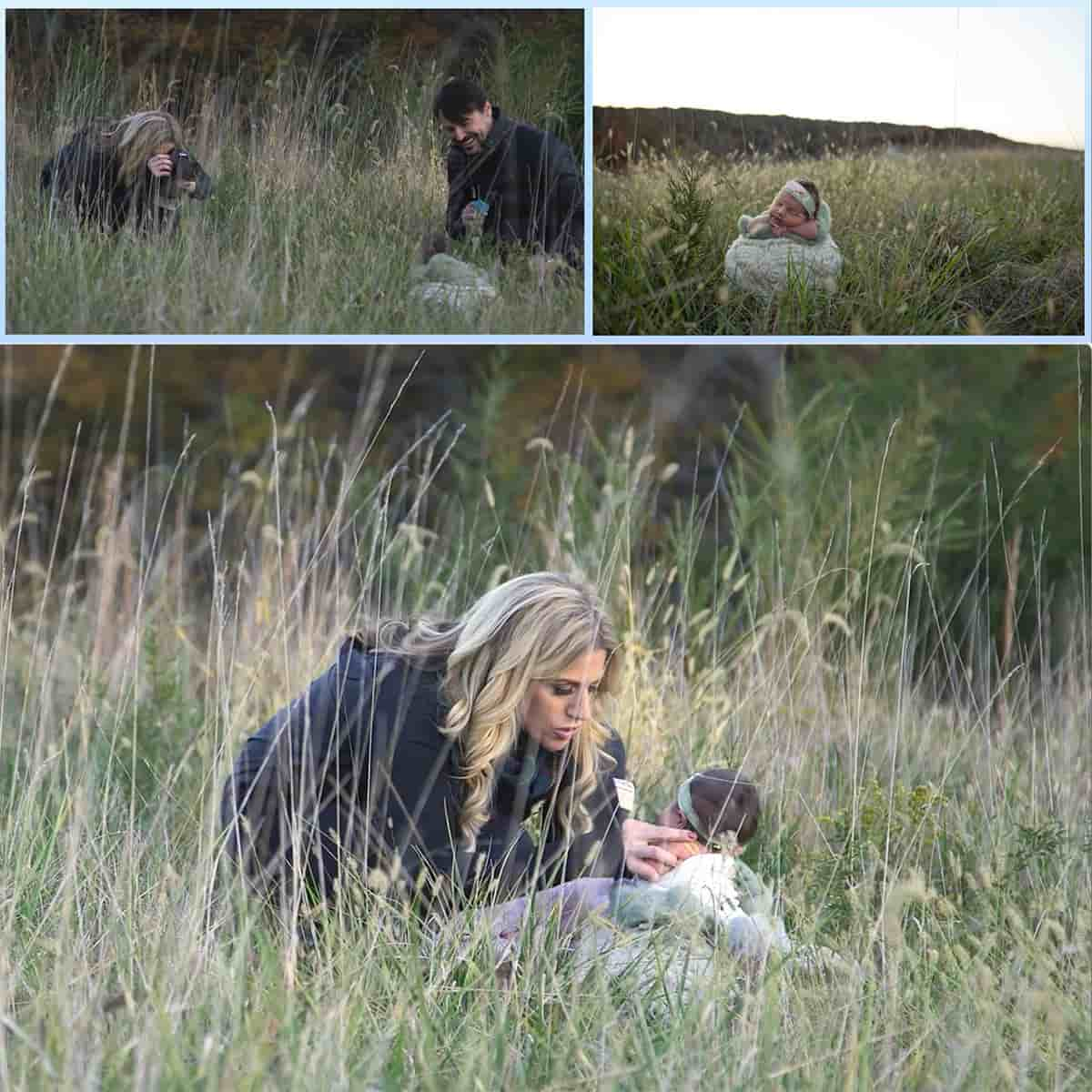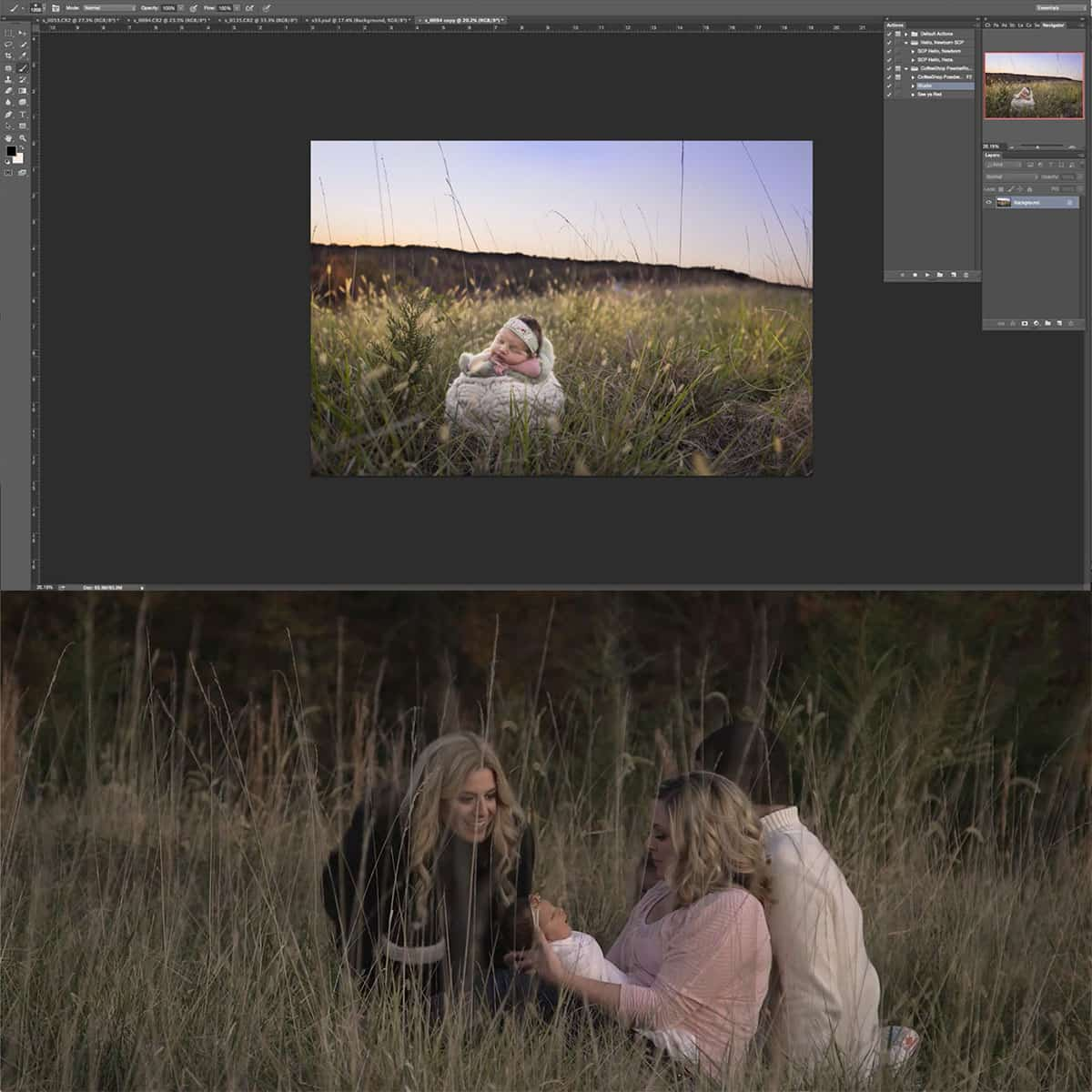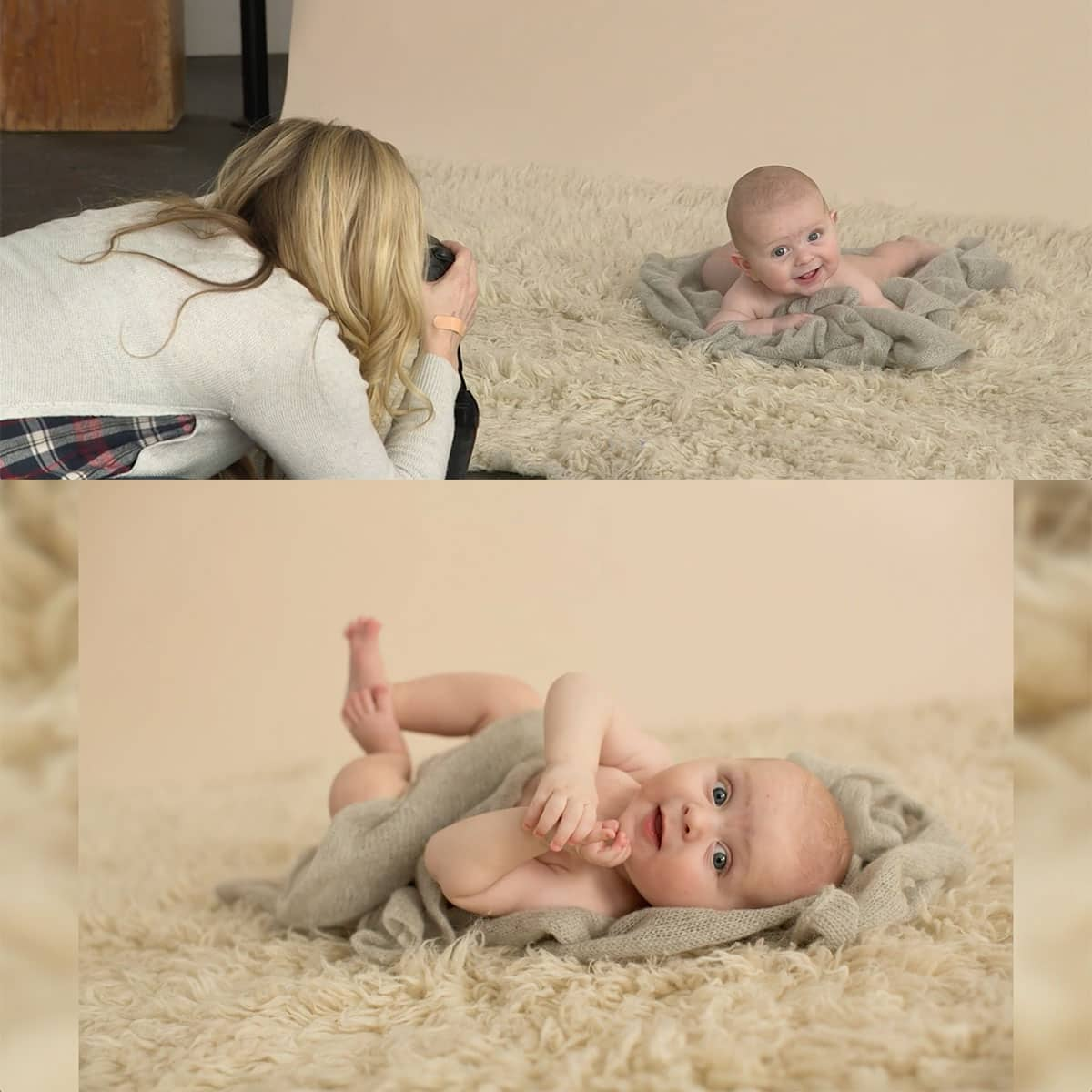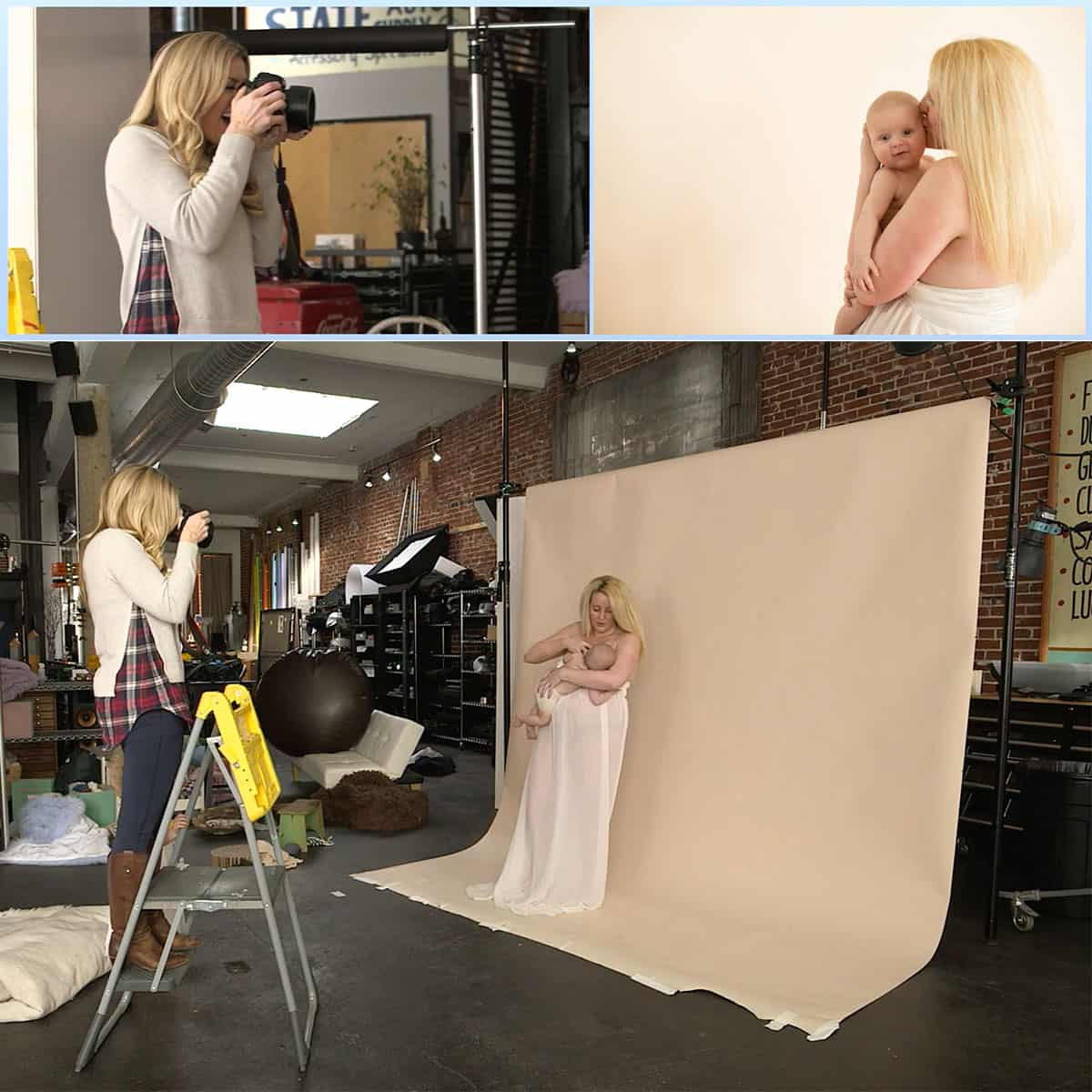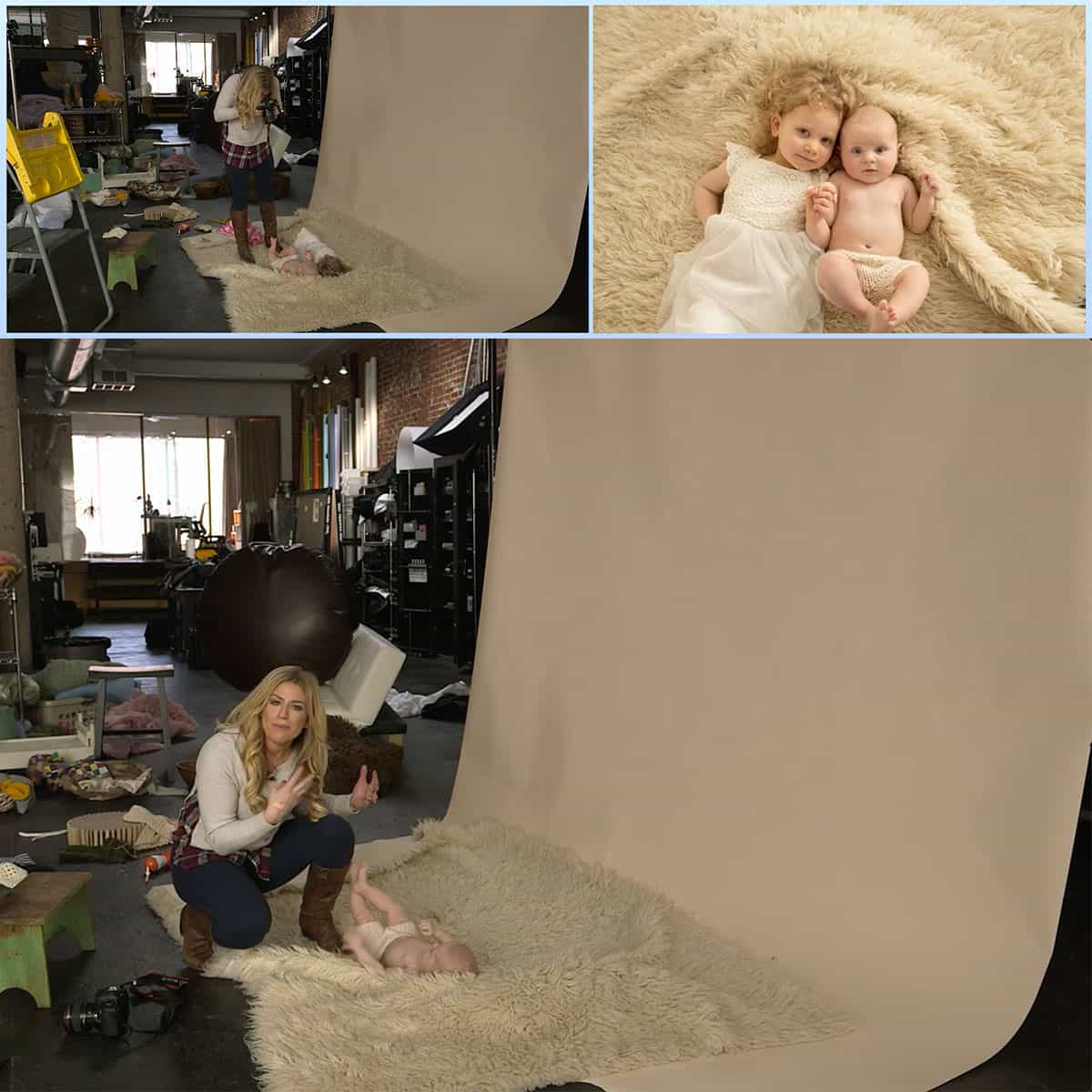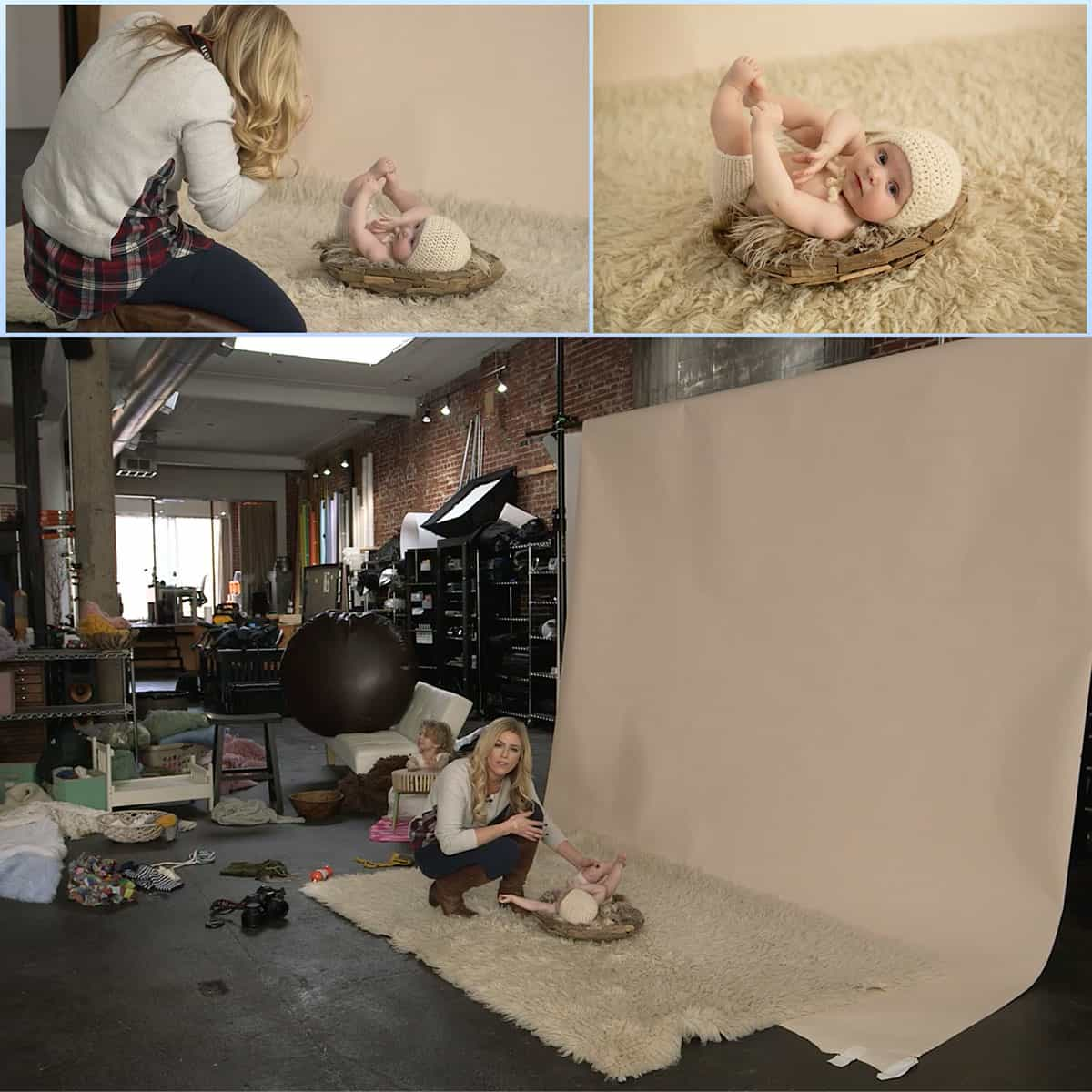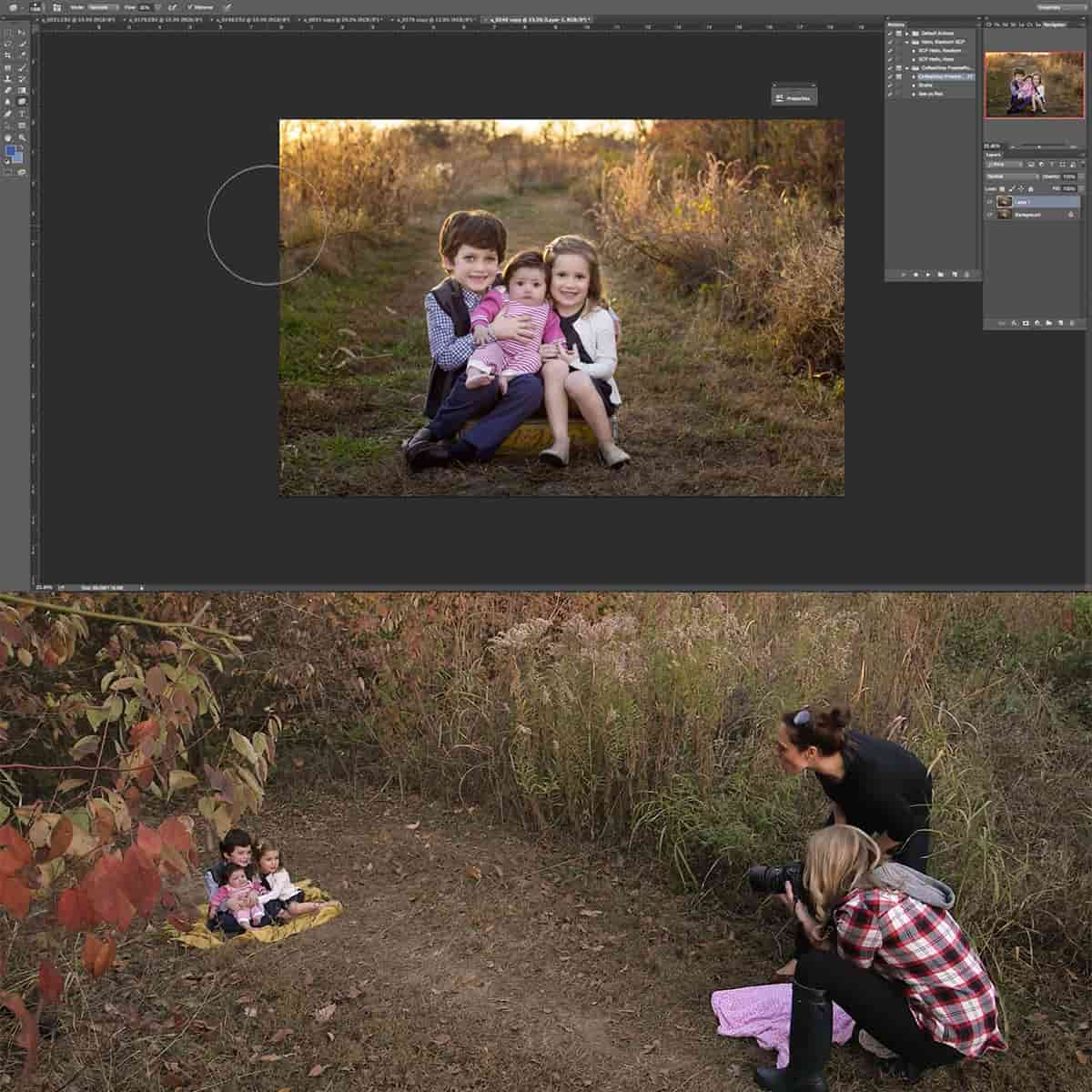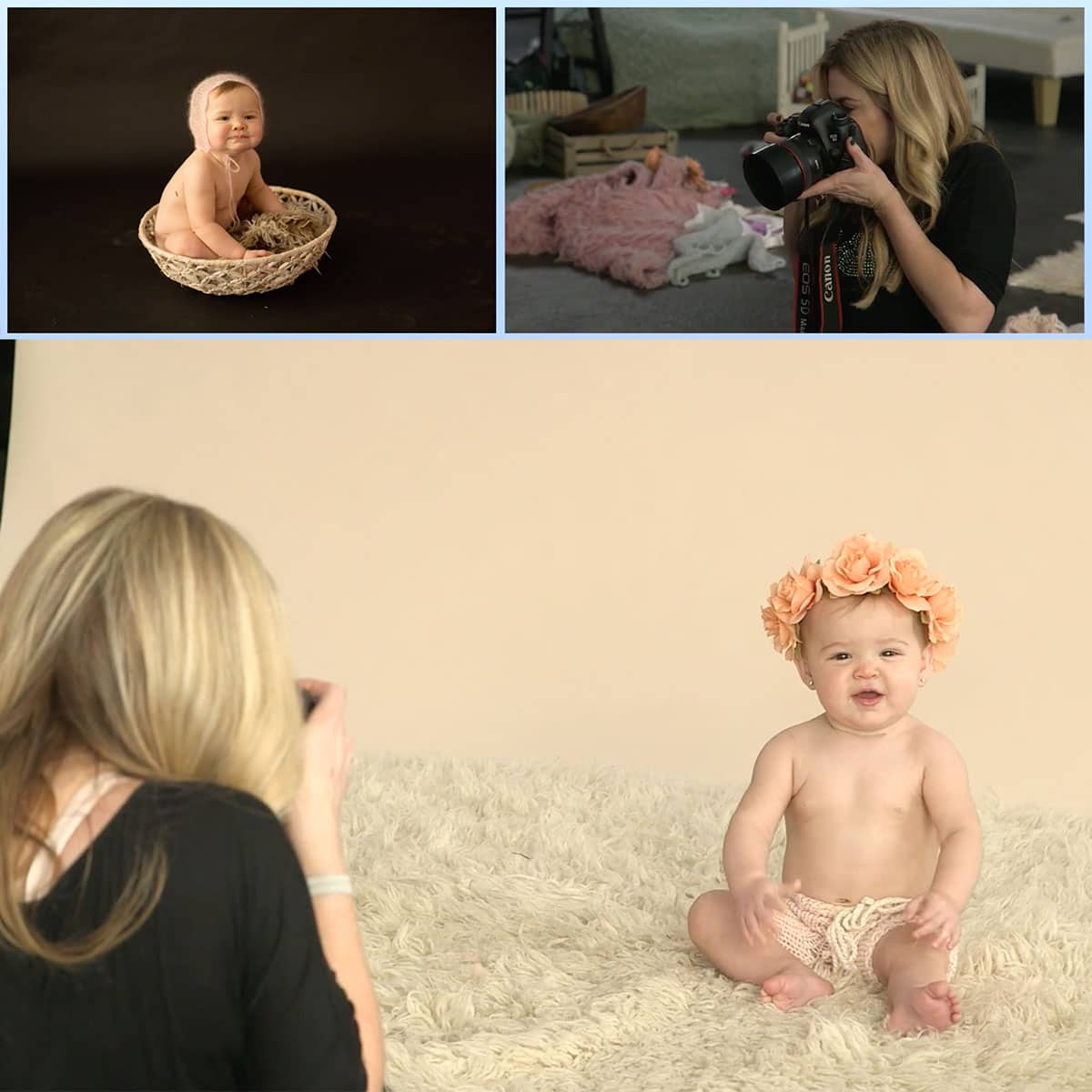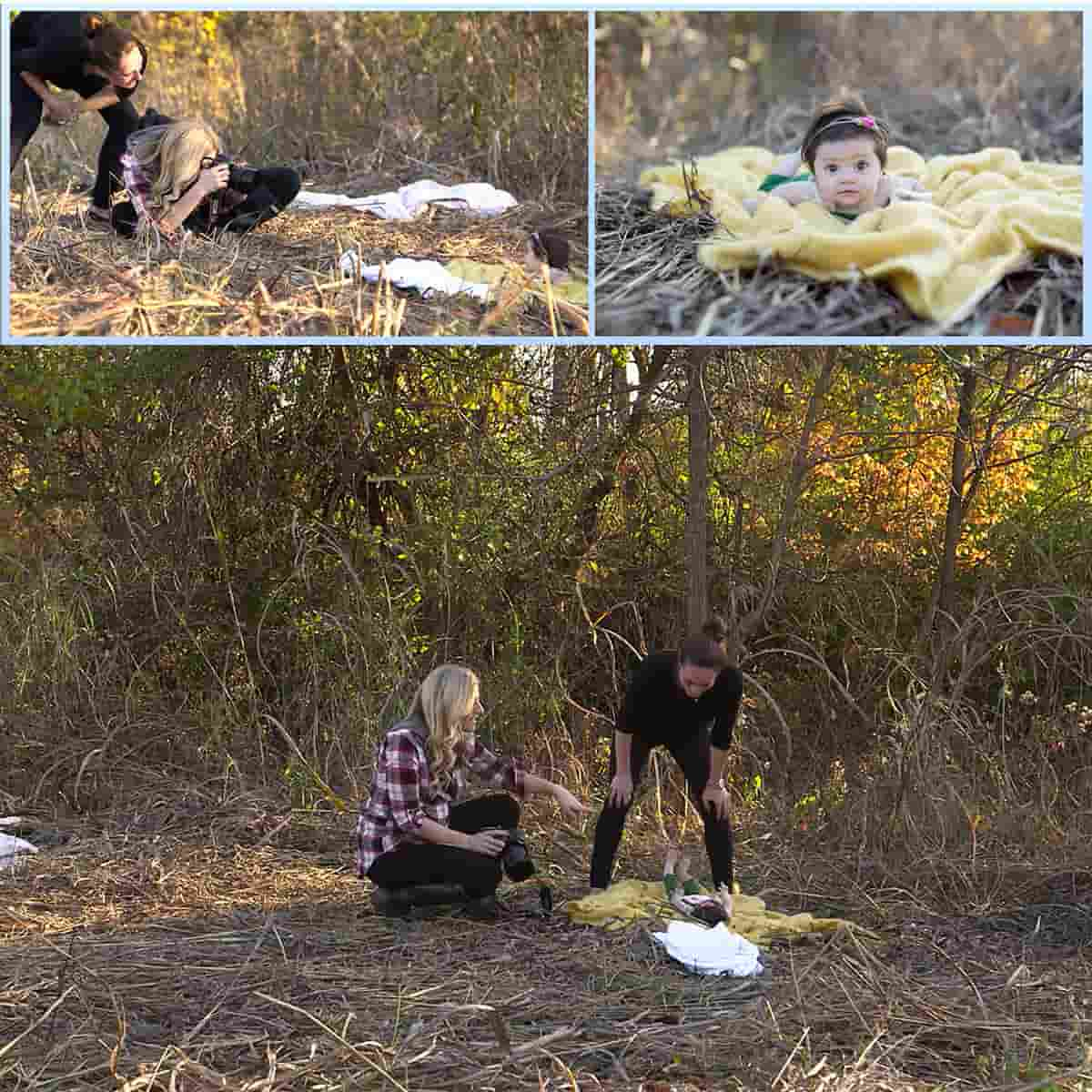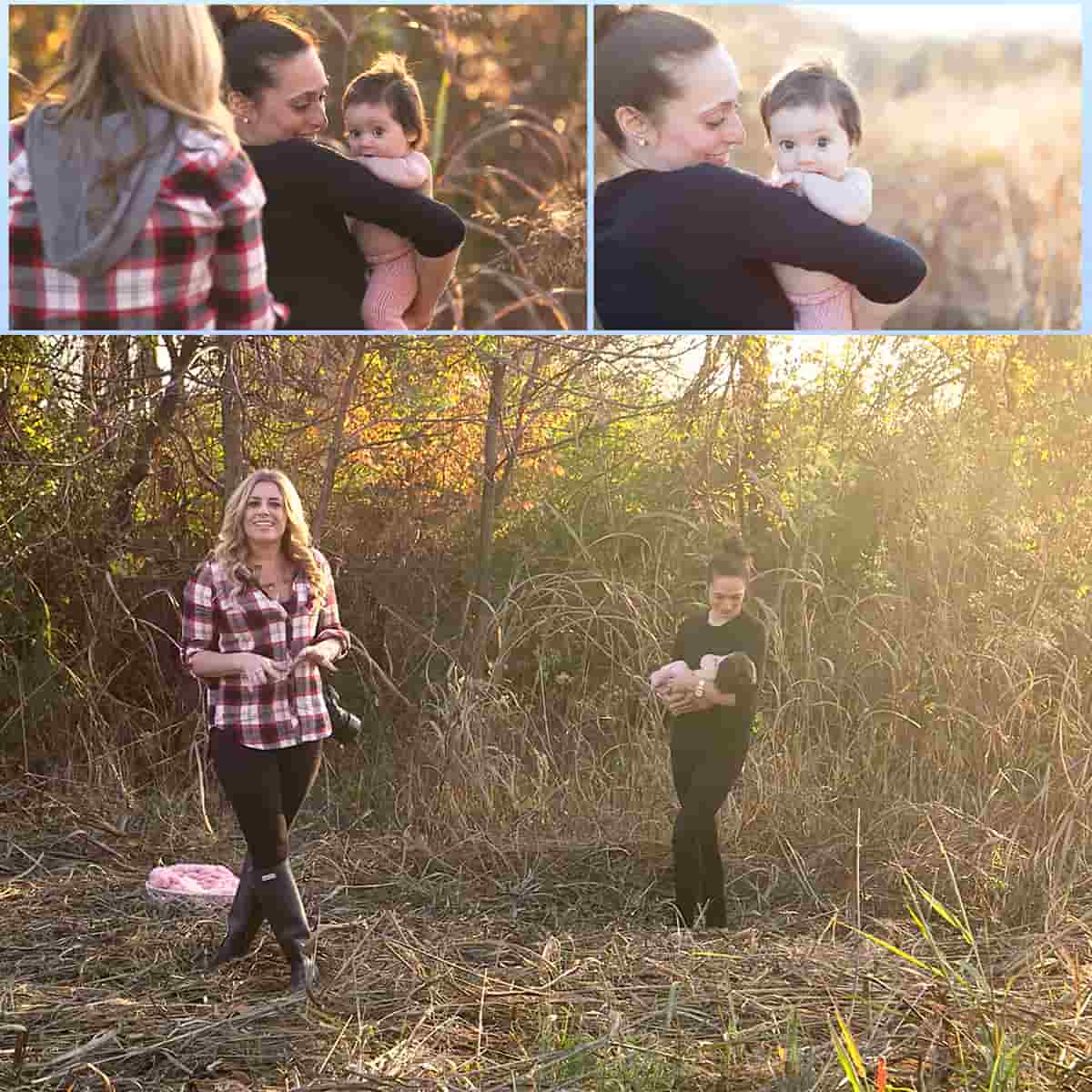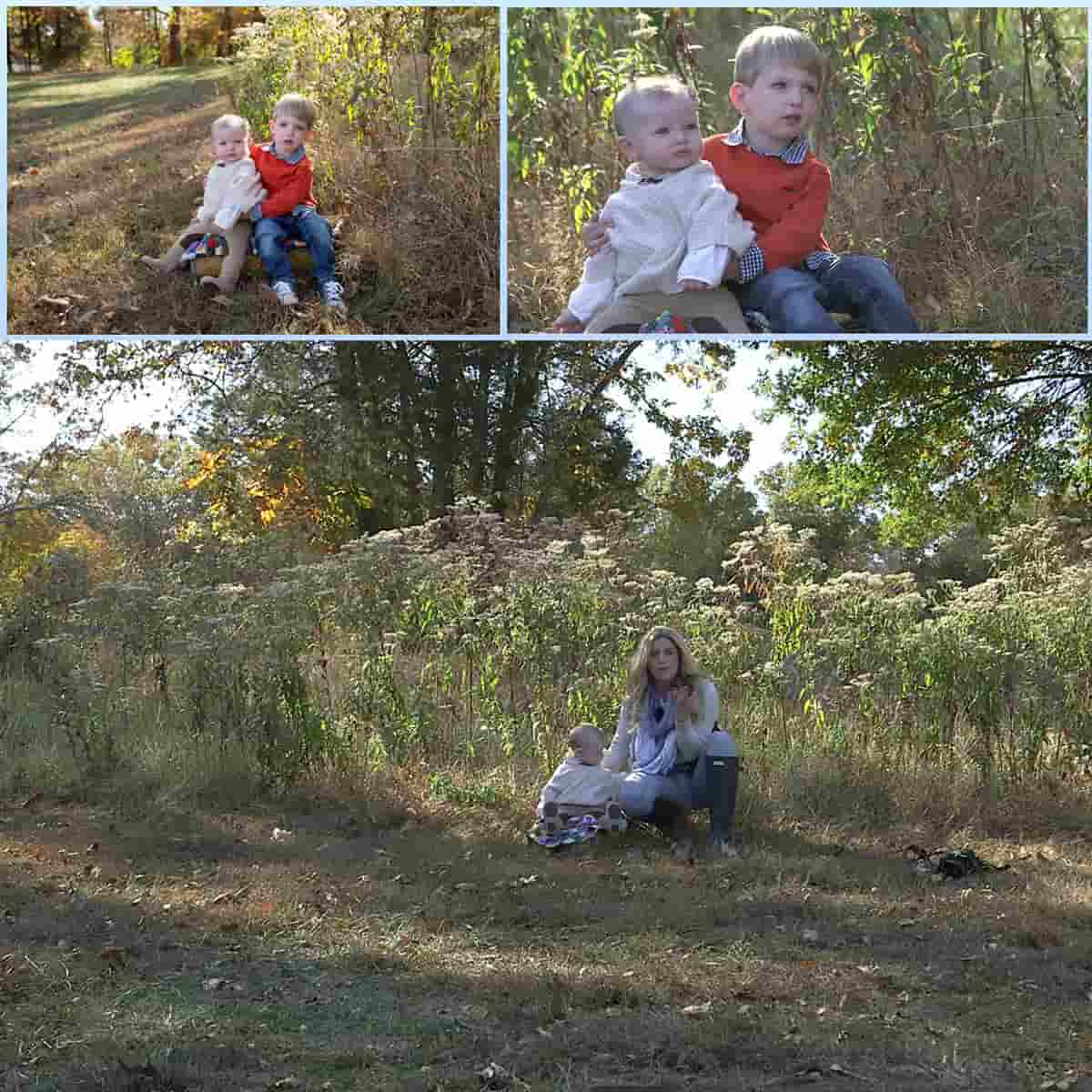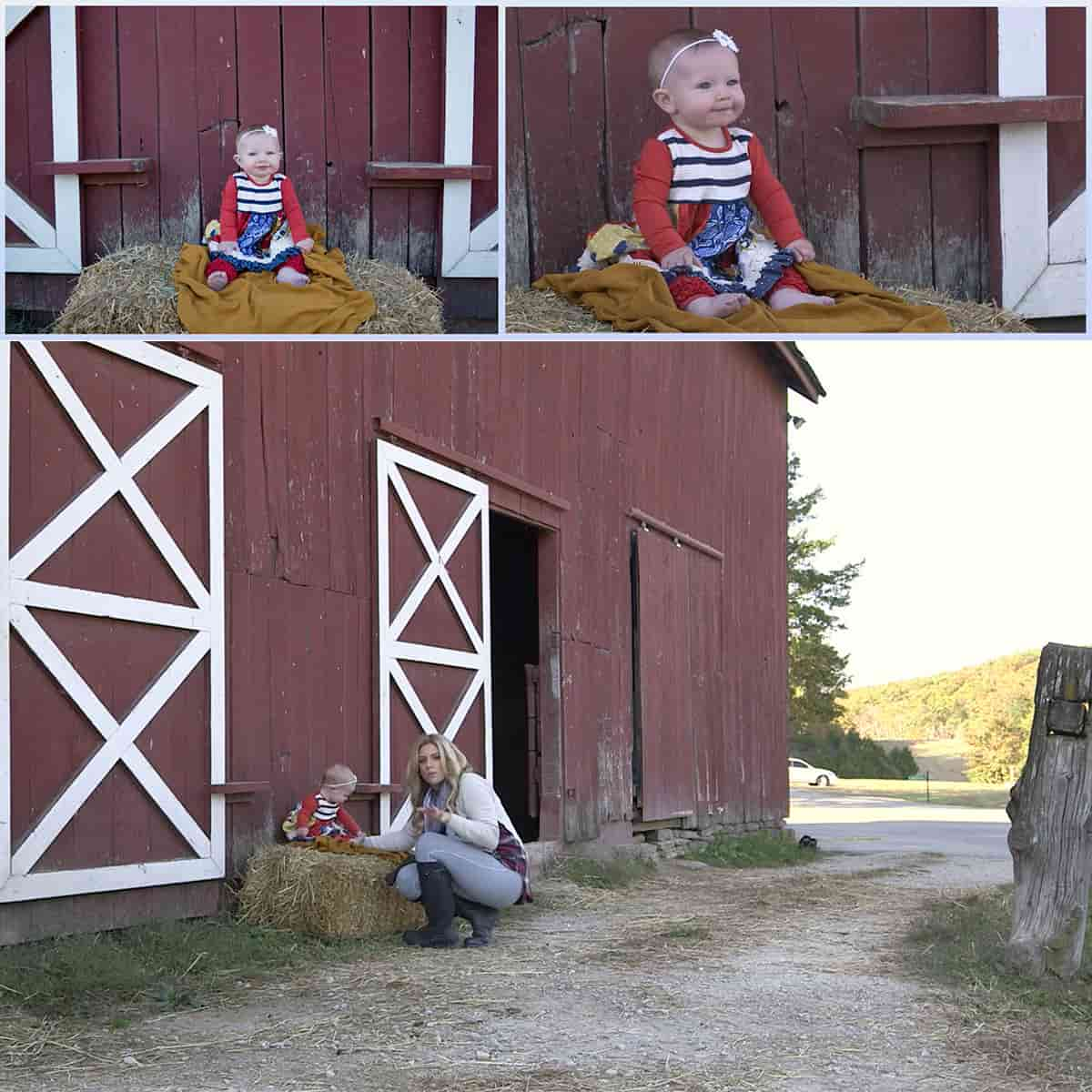Program Mode in Photography: Achieving the Perfect Balance Between Creativity and Control
As photographers, we often strive to find the perfect balance between creativity and control. Program mode in photography allows us to achieve this balance by offering a certain level of automation while still allowing us to make creative choices with our camera settings. This mode is especially beneficial for beginners who are still learning the ropes of photography but want to step away from relying solely on automatic settings.
Program mode provides a semi-automatic shooting mode where the camera chooses the optimal shutter speed and aperture, based on the ISO we set. This enables us to focus on composing the image and adjusting other factors like depth of field and exposure for enhanced image quality. As we gain more experience, mastering program mode can be an important step towards understanding our camera's full capabilities and growing as photographers.
Key Takeaways
- Program mode offers a balance between automation and creative control in photography
- This mode is ideal for beginners looking to move away from fully automatic settings
- Mastering program mode helps improve understanding of camera settings and exposure, leading to better image quality
Mastering Program Mode
In photography, Program Mode allows us to balance creativity and control by independently adjusting certain aspects of the exposure settings. In this mode, our camera automatically takes care of shutter speed and aperture, while we handle the ISO. This is particularly helpful for photographers not yet comfortable with Aperture Priority, Shutter Priority, or Manual mode1.
We can further fine-tune the exposure using our camera's exposure compensation dial. This makes it easy to achieve the right balance between the available light and our desired output2. Additionally, Program Shift (also known as Flexible Program) is a feature available in some cameras that allows us to change the aperture-shutter speed combination without altering the overall exposure3.
Learning to master Program Mode can significantly improve our photography skills. To get started, simply twist the camera shooting mode dial to "P" (or the designated program mode symbol on your camera) and begin experimenting with various ISOs, exposure compensations, and program shifts4. In time, we will discover the combinations that work best for our individual style and photographic needs.
In-Depth Exposure Controls
Photography is all about capturing light, and the exposure triangle consists of three components that control how much light enters the camera: aperture, shutter speed, and ISO sensitivity. By learning how to manipulate these elements, we can create well-exposed images.
Aperture affects the amount of light that enters the camera, as well as the depth of field. When using Program Mode, the camera automatically determines the aperture and shutter speed, but we can still have creative control by using the exposure compensation dial. This feature allows us to make the image brighter (overexposed), darker (underexposed), or well-exposed according to our creative vision.
An underexposed image occurs when not enough light reaches the camera sensor, resulting in a dark photograph. On the other hand, an overexposed image occurs when too much light reaches the sensor, causing the image to appear washed out. By turning the exposure compensation dial to a negative number, we can make the photo darker.
One of the elements in the exposure triangle is ISO sensitivity, which controls how sensitive our camera's sensor is to light. In Program Mode, we have the ability to change the ISO manually, allowing us to adjust the overall brightness of our images. A higher ISO will make the photo brighter, but it can also introduce digital noise, reducing overall image quality.
By understanding the exposure triangle and making use of the exposure compensation dial, we can take greater control of our photography. Program Mode provides a perfect balance between creative control and automatic settings, allowing us to create amazing images with ease.
Moving Away from Full Auto
As photographers, full auto mode is often the starting point for many beginners. This automatic mode is perfect for those who are learning the ins-and-outs of their camera features. However, as we gain experience and confidence, we should explore other creative modes available on our cameras.
In full auto mode, the camera makes all the decisions for us: aperture, shutter speed, ISO, and even flash. While it's convenient, it doesn't always give us the creative control we desire. To advance our skills, we can start by switching to Program mode. This mode is a hybrid between automatic and manual modes, giving us more freedom when capturing images.
Program mode allows us to control the ISO while the camera handles aperture and shutter speed. We can also make adjustments using the exposure compensation dial. This gives us a good balance of creativity and control, without overwhelming new photographers. For more information, here is a complete guide on Program mode.
By taking the time to explore Program mode and other shooting modes on our cameras, we'll find that we have a lot more creative control than we initially thought. So, let's embrace the journey away from full auto mode and continue growing as photographers.
Program Mode Versus Other Modes
In Program Mode, we have more control over the ISO while the camera takes care of shutter speed and aperture. This offers a balance between creativity and automatic settings, making it ideal for situations where we care about the ISO but not the shutter speed or aperture1.
On the other hand, Aperture Priority allows us to choose the aperture while the camera determines the shutter speed. This is useful for controlling depth of field1. Shutter Priority lets us control the shutter speed, adjusting the aperture automatically1. This is ideal for freezing motion or achieving intentional blur in our images.
Manual Mode offers the most creative control, allowing us to set shutter speed, aperture, and ISO independently1. In contrast, Auto Mode gives the camera full control over all settings, simplifying the shooting process for beginners or in rapidly changing scenarios1.
Adjusting White Balance helps achieve accurate color representation in varied lighting situations. While many camera modes handle white balance automatically, some advanced users prefer manual control to fine-tune color accuracy1. Metering Modes are another aspect of exposure control that can vary between camera modes, impacting the overall brightness and balance of an image1.
To summarize, Program Mode serves as a middle ground, providing more control than Auto Mode, while still offering some automated assistance compared to Manual Mode. Understanding the differences between these modes helps us determine the most suitable option based on our photographic needs, skill level, and creative goals12.
Balancing Creativity and Control
When using Program mode in photography, we find a balance between creative control and efficient workflow. In this mode, the camera automatically adjusts aperture and shutter speed, allowing us to focus on other aspects of the shot, such as framing and composition. Program mode provides flexibility in various shooting situations, making it an excellent transition mode for those learning to master their cameras (Digital Photography School).
Depth of field is a crucial aspect of photography that influences the overall look of an image. When using Program mode, the camera handles depth of field settings. For example, if we want a shallow depth of field, the camera adjusts the aperture and shutter speed accordingly. This automatic control allows us to concentrate on the creative aspects of the shot without worrying about the technical aspects or potential noise issues (Digital Photo Mentor).
In addition to depth of field, Program mode offers a degree of control over ISO settings. This helps us manage the noise in our images while maintaining overall creative control. Furthermore, as we become more comfortable with our camera, we gain increased confidence in our ability to balance creativity and technique (Digital Photography School).
Ultimately, understanding and utilizing Program mode's capabilities is an essential part of any photographer's workflow. By combining the power of the camera's automatic settings with our own creative control, we ensure that the final results are exceptional.
Frequently Asked Questions
What are the benefits of using Program mode in photography?
Program mode offers a balance between automatic camera settings and manual control, allowing photographers to focus on composition while the camera handles exposure settings aperture and shutter speed. It provides flexibility, as users can still override some settings if needed.
How does Program mode compare to Aperture Priority and Shutter Priority modes?
In Aperture Priority mode, the photographer controls the aperture while the camera adjusts shutter speed. In Shutter Priority mode, the photographer sets the shutter speed while the camera adjusts the aperture. Program mode is a middle ground that handles both the aperture and shutter speed, with the option to manually adjust either setting after the camera makes its initial adjustments semi-automatic control.
When should Program mode be used instead of Manual mode?
Program mode is helpful when the subject or lighting conditions are changing rapidly, or when timing is crucial, as it allows the camera to make quick exposure adjustments. In situations where achieving correct exposure is difficult or time-consuming, Program mode can help capture the moment without missing the shot.
In which situations is the Program mode most effective?
Program mode is most effective in situations with varying light conditions, such as sporting events, street photography, or when subjects are moving quickly. It provides a combination of automatic settings and manual control, allowing photographers to focus on composition and timing rather than worrying about exposure settings.
How can photographers maintain creative control while using Program mode?
Photographers can retain creative control by utilizing the Program Shift feature, which allows adjustments to aperture or shutter speed after the camera sets initial exposure settings. This enables photographers to creatively shift between different settings as needed while relying on the camera's automation.
What tips should be considered to optimize Program mode on a DSLR camera?
To optimize Program mode, photographers should familiarize themselves with their camera's Program Shift feature, allowing them to adjust aperture and shutter speed quickly. Users should also monitor their ISO settings and make adjustments as needed. Finally, learning how to override the camera's automatic settings when necessary will help make the most of Program mode.





